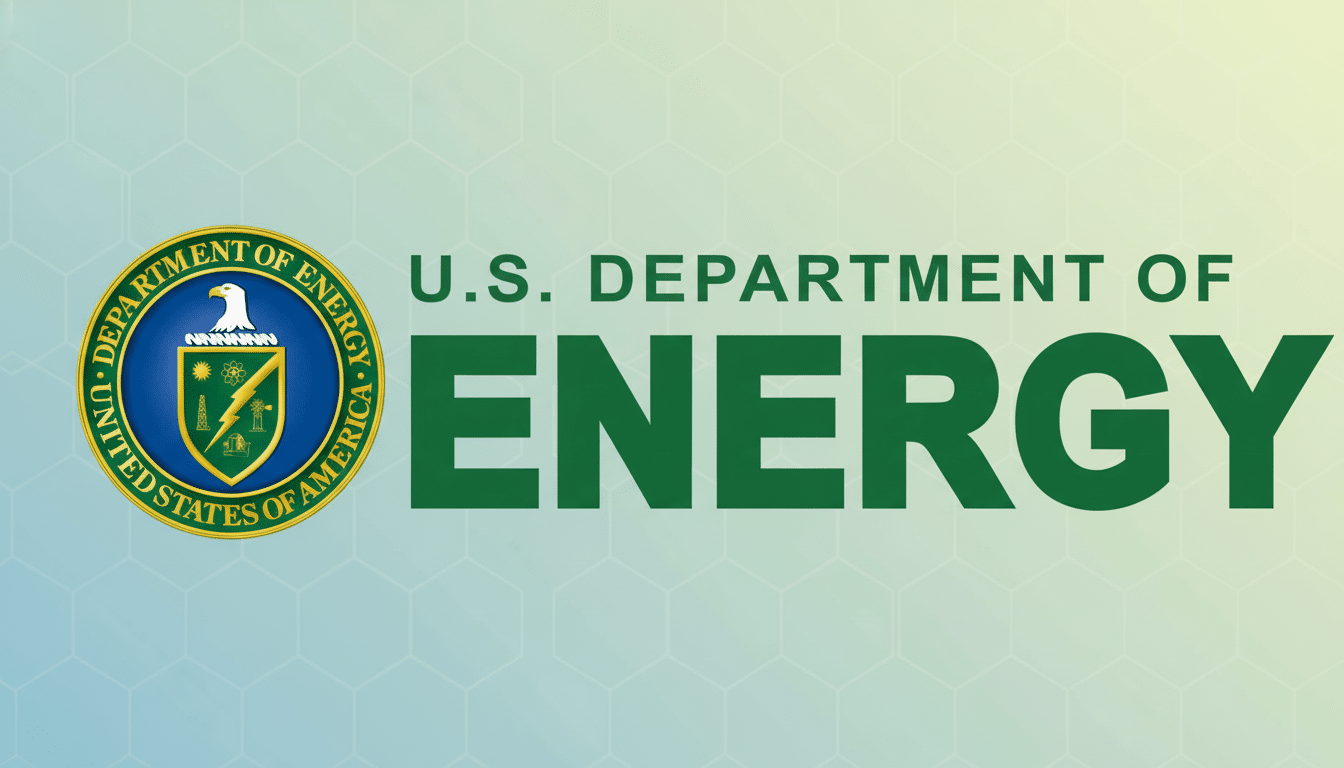The Department of Energy has confirmed it is canceling roughly $720 million in manufacturing awards, unwinding a slate of projects meant to expand domestic capacity for battery materials, lithium-ion recycling, and ultra-efficient windows.
The move, part of an agency-wide review of prior commitments, instantly reshapes portions of the clean manufacturing pipeline that the federal government helped jump-start with recent infrastructure funding.

What was canceled and why DOE rescinded the awards
DOE officials said that the affected projects either did not meet the agreed-upon milestones or had not sufficiently advanced national energy priorities. Spokesperson Ben Dietderich explained that the agency’s assessment concerned the performance of the contracts and the potential impact rather than specific technologies.
The awards had initially been financed through congressional appropriations under the Bipartisan Infrastructure Law, which allocated over $60 billion to the department for programs on grids, batteries, and efficiency.
In practice, these grants are milestone-based partnerships: the government disburses funds when recipients reach technical and construction targets, and it pauses or terminates agreements when timelines slip or cost-share commitments change. DOE has emphasized it will be reallocating resources to projects with clearer execution paths that bring more significant benefits to energy security, reliability, and affordability.
Companies and projects affected by DOE grant cancellations
Three well-known start-ups are on the edge. Ascend Elements, whose technology is aimed at processing both manufacturing scrap and end-of-life cells into material that’s ready to become cathodes and anodes, had received $316 million for a plant expected to cost roughly $1 billion in Kentucky. Federal records indicate that $206 million has already been disbursed. The company has said that it intends to continue construction with alternative financing, underscoring the strategic importance of the project to domestic battery supply.
Anovion, a U.S. maker of synthetic graphite for battery anodes, received $117 million for a plant in Alabama. The performance of lithium-ion batteries depends in large measure on synthetic graphite, and the supply chain is largely concentrated outside the United States. Chinese suppliers are believed to hold about three-quarters of synthetic graphite capacity and almost the entire anode-grade production, further underscoring what’s at stake when it comes to reshoring efforts, according to Benchmark Mineral Intelligence. As of Monday, just $13.8 million of Anovion’s award had been disbursed, according to federal databases.
LuxWall, which makes super-insulating vacuum-glazed windows intended to reduce a building’s energy use, was chosen for $31.7 million to stand up manufacturing on the site of a repurposed coal plant just outside Detroit. A cursory review of public records suggests about $1 million had already been spent. The company has already begun early production steps, positioning its product as a way to cut heating and cooling loads in homes and commercial buildings.
Why these manufacturing grant cutbacks matter now
These grants were designed to span the so-called valley of death that leads many first-of-a-kind factories to failure: They help de-risk construction and early operations, so that private capital can make the leap from pilot scale to commercial reality. The withdrawal of federal backing midstream can send ripples through financing stacks, increasing the cost of borrowing or forcing renegotiations with lenders and suppliers. For areas banking on new factory jobs — in Kentucky, Alabama, and Michigan, for example — the uncertainty is complicating workforce development planning and local infrastructure investments.

It also hits the national supply chain. Domestic battery recycling and anode materials are core to vehicle electrification, grid storage, and critical minerals strategy. When U.S. facilities are delayed in getting back online, manufacturers often fall back on imported inputs, further ratcheting up their dependency on foreign suppliers. Super-insulating windows, meantime, are among the most cost-effective building improvements over a structure’s life, and efficiency approaches are commonly listed by DOE and national labs as one of the quickest routes to lower energy use and utility bills.
Advocates say predictable policy signals, rather than merely federal funding, are essential to crowding in private capital on the necessary scale; an abrupt or unpredictable shift can freeze investors and slow the pace of domestic industrial revival. DOE says its robust oversight safeguards taxpayer interests, and the focus on the most confidence-inspiring projects will yield more sustainable outcomes for energy security and competitiveness.
What comes next for affected projects and funding
Companies that get turned down can apply for reconsideration or revise their project budgets to remain eligible, but revived agreements would need new due diligence and updated milestones. And if funds are not disbursed, they could be reprogrammed to other manufacturing projects, grid modernization, or hydrogen and carbon management activities, based on congressional direction and DOE program priorities.
State and local leaders can also provide bridge incentives, especially in areas where sites have progressed to permitting or early construction. Economic development agencies in the impacted states have expressed interest in making sure that facilities that serve as hubs for supplier ecosystems and high-skilled jobs keep their momentum.
For now, the cancellations highlight the tension between speed and certainty in industrial policy.
Achieving a resilient energy economy requires stewardship
Achieving a resilient energy economy depends on disciplined stewardship of public investment as well as predictable partnership mechanisms.
How those dollars are reallocated by the Department of Energy — and how fast companies can orient themselves to new lines of business — will help determine whether the United States retains its footing in a race to manufacture energy technologies it plans to roll out at home.

